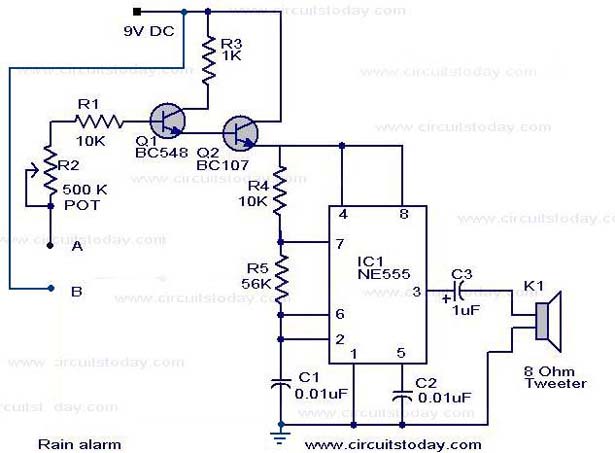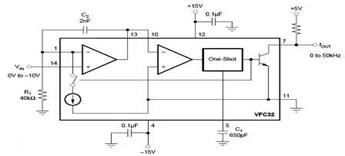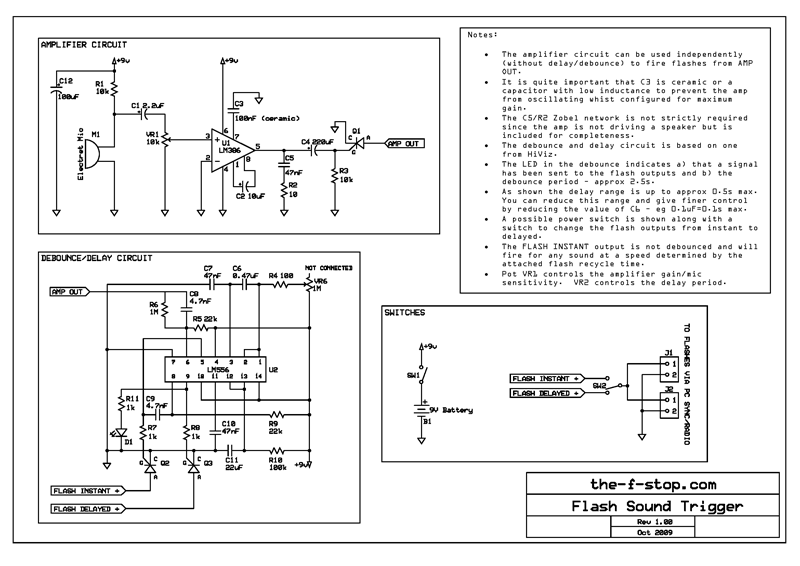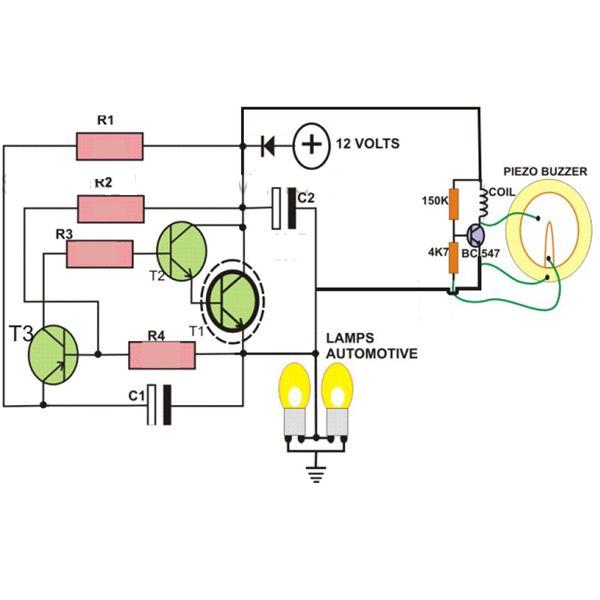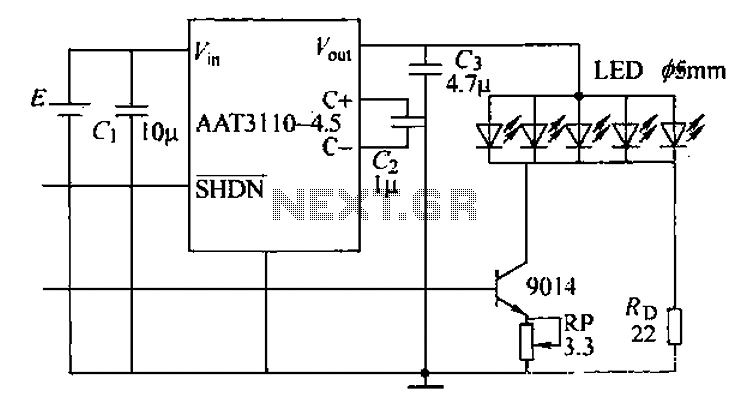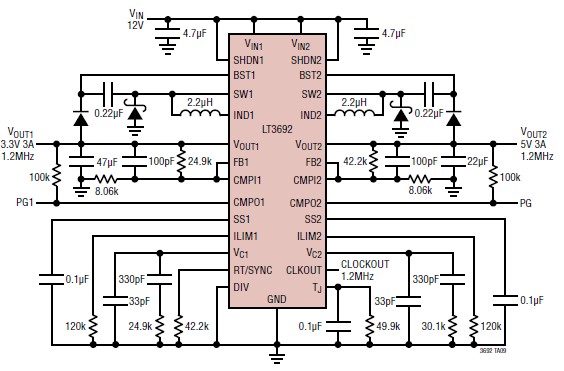
Through a small pulse transformer output of one transistor trigger circuit
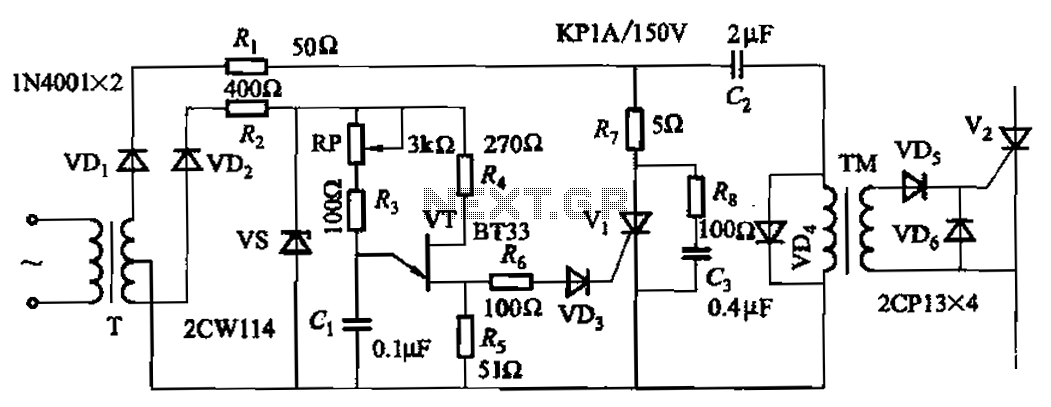
The adjustment potentiometer RP allows for modification of the pulse phase shift range, which spans from 0 to -1600, providing higher sensitivity.
The circuit incorporating the adjustment potentiometer RP is designed to facilitate precise control over the phase shift of a pulse signal. This phase shift circuit operates within a specified range of 0 to -1600 degrees, which indicates the potential for significant timing adjustments in signal processing applications. The use of an adjustment potentiometer enhances the sensitivity of the phase shift, allowing for fine-tuning to achieve desired operational characteristics.
In practical applications, this circuit can be utilized in various electronic systems that require precise timing adjustments, such as in communication systems, audio processing, or modulation schemes. The potentiometer RP serves as a variable resistor, enabling the user to alter the resistance in the circuit, thereby changing the voltage levels and consequently affecting the phase of the output pulse.
The design may include additional components such as capacitors and operational amplifiers to stabilize the circuit and ensure the output remains within the desired parameters. Properly selecting the values for these components is critical to achieving the intended phase shift and maintaining signal integrity. Overall, the phase shift circuit with the adjustment potentiometer RP is a valuable tool in electronic design, providing versatility and control over signal timing.Adjustment potentiometer RP, can change the pulse phase shift range. The phase shift circuit is in the range of 0. -1600 Higher sensitivity.
The circuit incorporating the adjustment potentiometer RP is designed to facilitate precise control over the phase shift of a pulse signal. This phase shift circuit operates within a specified range of 0 to -1600 degrees, which indicates the potential for significant timing adjustments in signal processing applications. The use of an adjustment potentiometer enhances the sensitivity of the phase shift, allowing for fine-tuning to achieve desired operational characteristics.
In practical applications, this circuit can be utilized in various electronic systems that require precise timing adjustments, such as in communication systems, audio processing, or modulation schemes. The potentiometer RP serves as a variable resistor, enabling the user to alter the resistance in the circuit, thereby changing the voltage levels and consequently affecting the phase of the output pulse.
The design may include additional components such as capacitors and operational amplifiers to stabilize the circuit and ensure the output remains within the desired parameters. Properly selecting the values for these components is critical to achieving the intended phase shift and maintaining signal integrity. Overall, the phase shift circuit with the adjustment potentiometer RP is a valuable tool in electronic design, providing versatility and control over signal timing.Adjustment potentiometer RP, can change the pulse phase shift range. The phase shift circuit is in the range of 0. -1600 Higher sensitivity.
